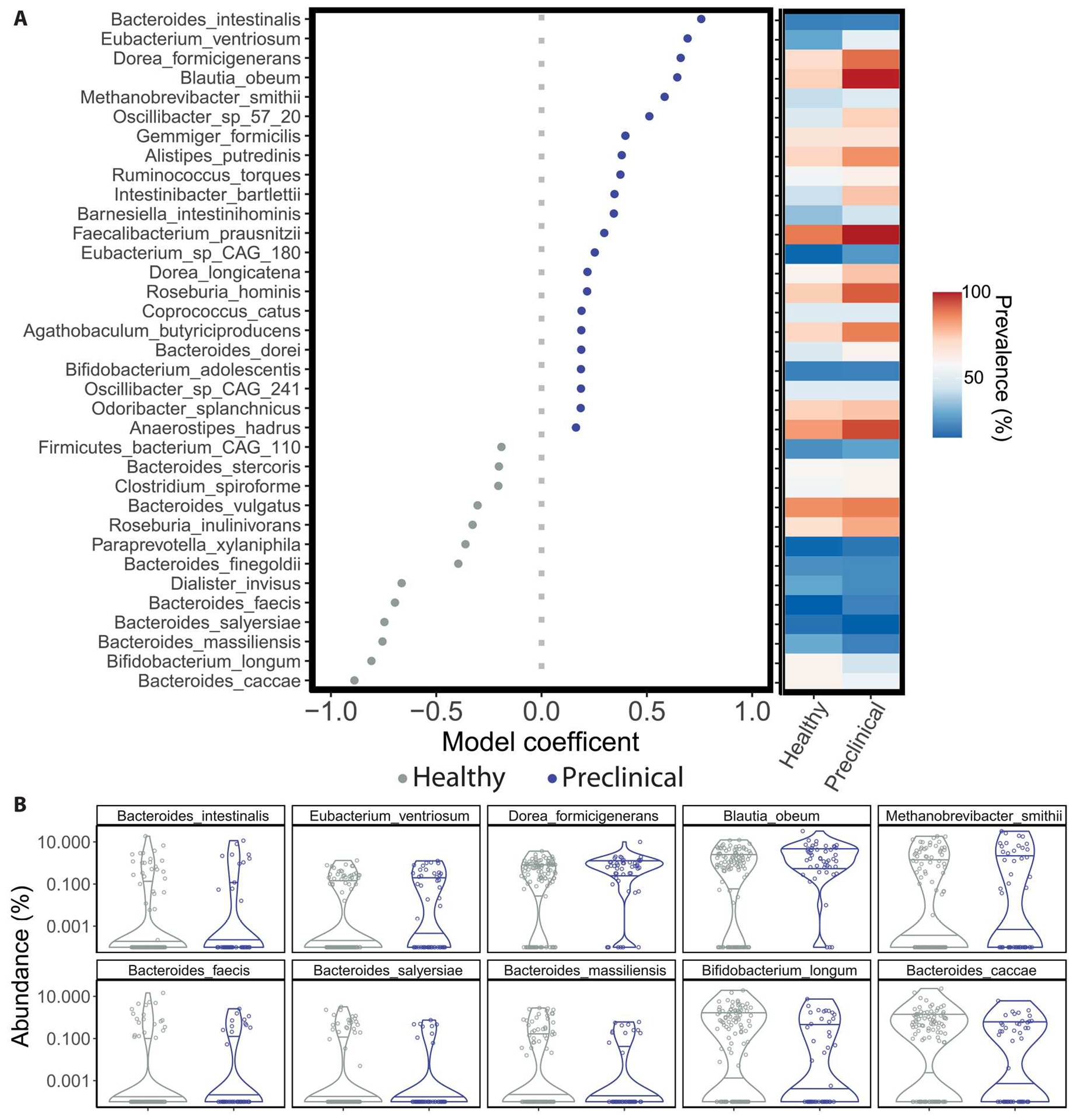Fig. 3. Fitting negative binomial models to gut microbiome taxonomic data identifies species associated with AD preclinical status.

(A) Model coefficients (left) and prevalence (right) of top-ranking species significantly associated with healthy or preclinical AD status are shown. Gut microbial species detected in at least 15% of samples are shown, with Benjamini-Hochberg–adjusted P values of the coefficient < 0.05 and with the magnitude of the coefficient > 0.15. Error bars represent the SE of the coefficient and may not be visible. Taxa coefficients are from negative binomial regression models (as implemented in MaAsLin2) that additionally included participant age, APOE ɛ4 carrier status, diabetes, body mass index, hypertension, and time elapsed between PET imaging or lumbar puncture for Aβ quantification and stool collection as predictors. (B) Relative abundances of the 10 taxa most associated with preclinical AD (top row) or healthy status (bottom row) by their model coefficient. All regression model results are available in data file S2.
